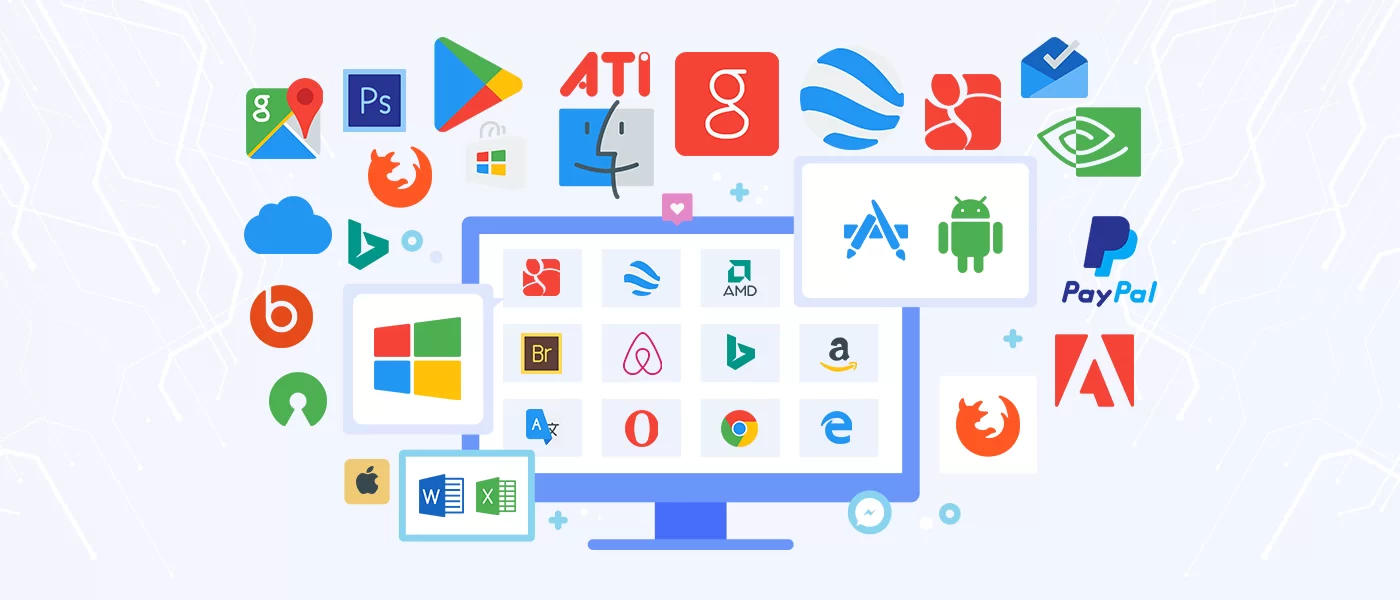Shifting Software Paradigms in Digital Transformation Era

No analysis of the modern software industry would be complete without acknowledging the profound and pervasive influence of open-source software (OSS), which acts as both a foundational layer for innovation and a powerful competitive force within the global market. A deep dive into the foundational technologies of the software market reveals that OSS is not a niche alternative to commercial software, but is, in fact, the bedrock upon which a vast majority of the modern digital world is built. Key points related to the software market's structure highlight that OSS is software with source code that is made freely available for anyone to use, modify, and distribute. This collaborative and transparent development model has proven to be an incredibly powerful engine for innovation. Foundational technologies that power the internet and cloud computing, such as the Linux operating system and the Kubernetes container orchestration platform, are all open-source. The key players in this space are not traditional companies, but global communities of developers and non-profit foundations like the Linux Foundation, with strong participation from developers in North America, Europe, and APAC. The future in the software market is inextricably linked to the health and vibrancy of these open-source ecosystems.
While open-source software is often "free," it has given rise to a massive and highly profitable commercial ecosystem, a key point for understanding the market's economics. The market has evolved sophisticated business models for monetizing OSS. One successful model is the "open core" model, where a company offers a core version of its software as open-source while selling a more feature-rich enterprise version with additional capabilities and support. Another common model, exemplified by key players like Red Hat (acquired by IBM in a landmark North American deal), is to provide paid enterprise-grade support, security hardening, and certified distributions of popular open-source projects. Major cloud providers like AWS and Microsoft have also become key players in the commercial OSS ecosystem, offering managed services for popular open-source databases and analytics tools, which simplifies deployment for their global customers. The software market size is projected to grow USD 2488.96 Billion by 2035, exhibiting a CAGR of 11.9% during the forecast period 2025-2035. A significant part of this market is directly or indirectly built upon open-source technologies, a model that has proven successful globally.
The strategic importance of open-source software extends to the highest levels of enterprise IT and cloud-native development. A key point is that the adoption of open standards, often driven by successful OSS projects, is a powerful force that prevents vendor lock-in and fosters a competitive and interoperable ecosystem. The dominance of Kubernetes, for example, allows businesses to run their containerized applications consistently across any cloud provider or on-premise environment, a major benefit for enterprises in North America and Europe managing multi-cloud strategies. The future in the software market will see an even deeper reliance on open-source, particularly in cutting-edge fields like artificial intelligence, where open-source frameworks (like TensorFlow and PyTorch) and models are accelerating innovation globally. For proprietary software key players, participating in and contributing to relevant open-source projects has become a crucial strategic imperative to build credibility and attract top engineering talent from the global community, including the fast-growing developer pools in APAC, South America, and the MEA.
In summary, the key points related to open-source software highlight its role as the foundational, innovative engine of the modern software market, fostering collaboration and preventing vendor lock-in. The commercial ecosystem is populated by key players who have built successful businesses by supporting and extending OSS. The future in the software market is one of an even deeper and more symbiotic relationship between the open-source community and commercial vendors. This is a global phenomenon, with open-source principles guiding software development in North America, Europe, APAC, South America, and the MEA, ensuring a more open, collaborative, and competitive industry for all participants, which in turn fuels the overall market's growth and dynamism.
Top Trending Reports -
Japan Outsourced Software Testing Industry
- Art
- Causes
- Crafts
- Dance
- Drinks
- Film
- Fitness
- Food
- Giochi
- Gardening
- Health
- Home
- Literature
- Music
- Networking
- Altre informazioni
- Party
- Religion
- Shopping
- Sports
- Theater
- Wellness
